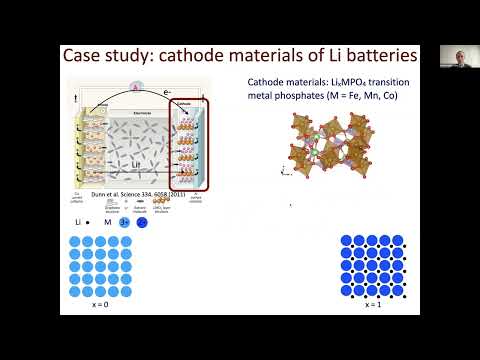Description:
Save Big on Coursera Plus. 7,000+ courses at $160 off. Limited Time Only!
Grab it
Explore the fundamental concepts and applications of DFT+U and DFT+U+V in this comprehensive tutorial video from the Advanced Quantum ESPRESSO series. Delve into Density Functional Theory and its applications in studying cathode materials for Li batteries, focusing on LixCoPO4 and electron localization. Examine the Hubbard model, understand how the +U correction works in DFT, and investigate its effects on defects and Fe minerals in Earth's interior. Learn about Raman spectra calculations using DFT+U and explore electron localization in LiMnPO4. Compare DFT+U+V with hybrid functionals for band semiconductors like Si, GaAs, and Ge. Address challenges such as delocalization error, static correlation error, and potential discontinuities in extended systems. Gain insights into symmetry breaking, localization, and the linearization of energy in DFT+U calculations.

DFT+U and DFT+U+V: Basic Concepts and Applications - Advanced Quantum ESPRESSO Tutorial 2022
Add to list
#Science
#Physics
#Quantum Mechanics
#Quantum Chemistry
#Density Functional Theory
#Hubbard Model
#Quantum Physics
#Quantum ESPRESSO